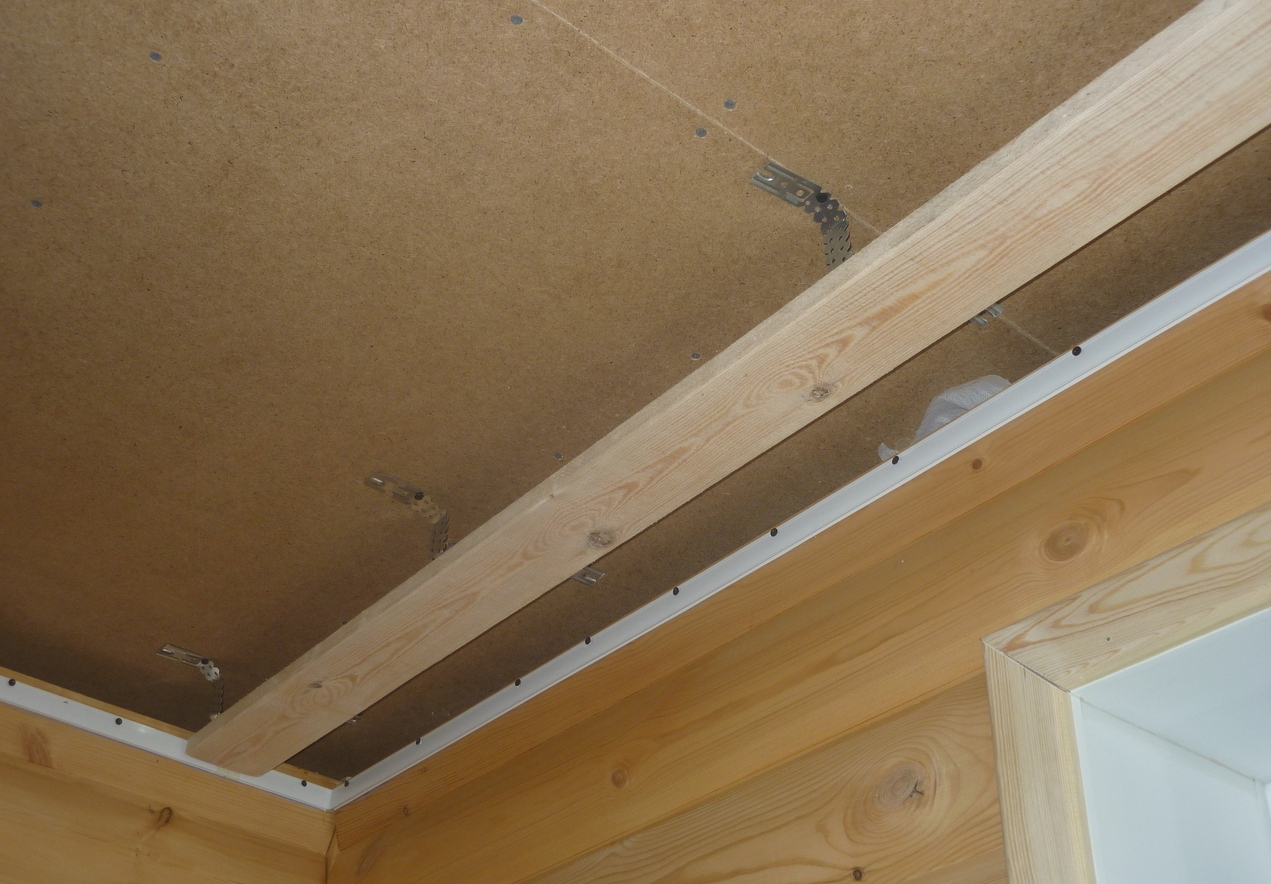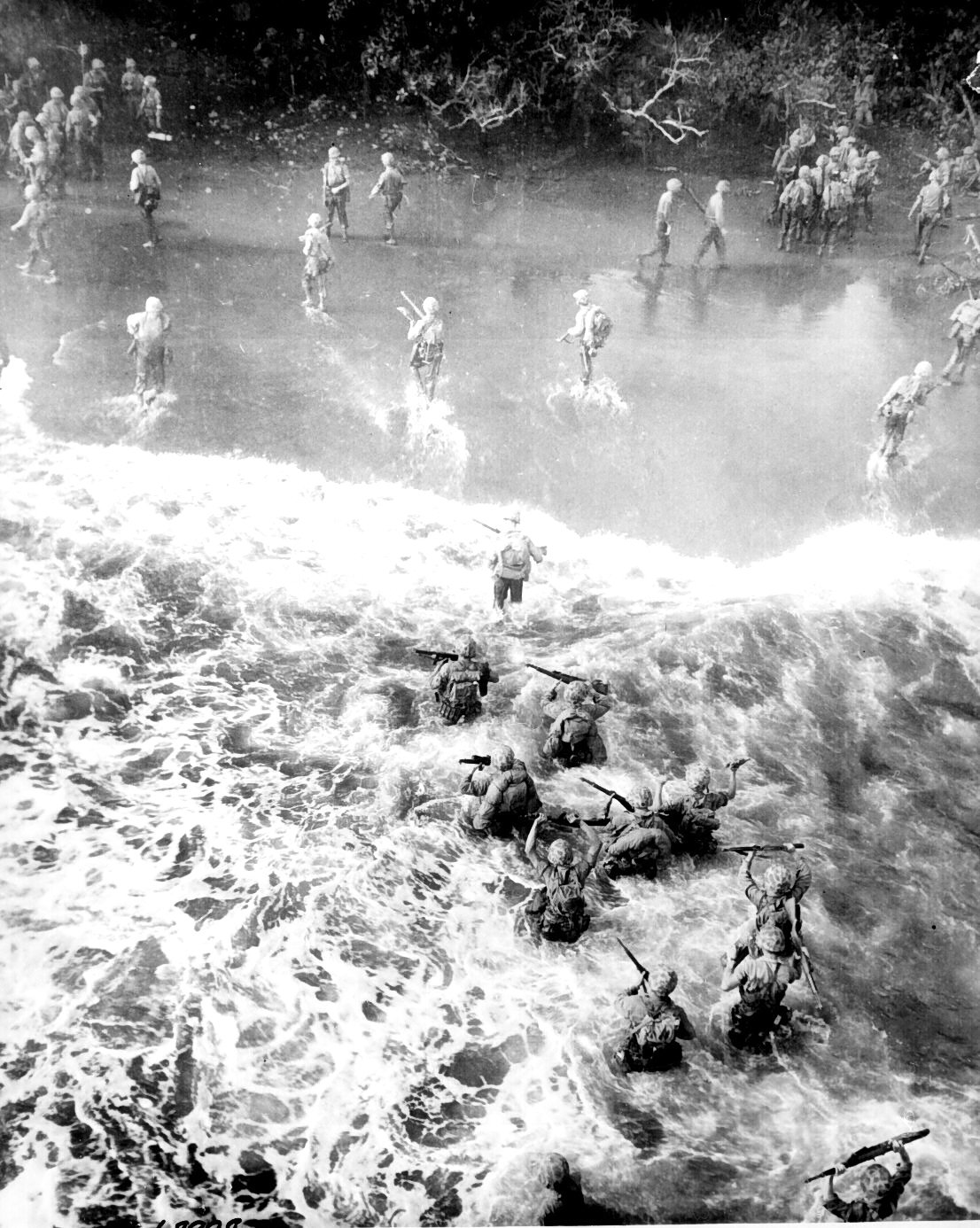
Close up the upper ceiling, part 10

The culmination of planning and procurement in 1936-39. were, among other things, anti-aircraft guns caliber 90 mm. Equipment that allows you to effectively protect air defense systems in large urban and industrial centers.
In a series of articles published in "Wojsko i Technika Historia" in 2018 under the general title "Close the upper ceiling ...", almost all topics related directly to Polish medium and large caliber anti-aircraft artillery, as well as how related fire support equipment was discussed. The Polish Armed Forces, embraced by an ambitious modernization program, have experienced a series of ups and downs that have had a direct impact on their form in peacetime and their combat effectiveness in armed conflict. In the article that completes the above cycle, the author presents the last elements of the modern air defense system of the Second Polish Republic, created from scratch, and summarizes all the efforts made in 1935-1939.
At a meeting of the National Welfare Service on December 17, 1936, the issue of the air defense of the domestic region (OPL OK), which was previously discussed on February 7 and July 31 of the same year, was again discussed. During the discussion, the topic of protection against threats from the air of formations, in particular infantry divisions, was again touched upon. According to the calculations previously approved by the KSUS, each DP was supposed to have 4 platoons of 40-mm 2 guns each. An interesting suggestion was made here that for an adequate intensity of fire at medium altitudes and at distances beyond the effective range of 40 mm guns, a division should additionally have at least a separate battery of 75 mm mobile guns. The postulate seemed correct, since in this way it was supposed to counteract not only bomber aircraft, but also artillery reconnaissance, which caused no less trouble for the active units.

Prior to the production of Starachowice anti-aircraft guns in 75 mm caliber 75 mm wz. 97/25 formed the basis of the Polish air defense system.
According to the Polish military, reconnaissance vehicles operated at an average altitude of about 2000 m and were within range of 40-mm guns (the theoretical range of this gun was 3 km). The problem is that the observation from the aforementioned height was carried out at a distance of 4-6 km from the enemy positions. This distance was far beyond wz. 36. For effective operation, the commander of a battery of medium-height guns had to have his own observation and reporting point as a point for collecting data on the current movements of the enemy air force, at least as part of the activity assigned to him to cover a large part. The mainstay here was a technique that went beyond the classical framework of direct observation shooting and allowed firing by ear (acoustic devices). Hence the conclusion that autonomous batteries should have been used by trainees, although at this level of air defense organization work at night was not taken into account (lack of appropriate sights, reflectors, etc.).
Unfortunately, the strengthening of the active cover of the airspace over the DP should have occurred only at the last, third stage of the expansion program. The first was focused on equipping large tactical units with 40-mm equipment, and the second was a stage of replenishing the number of guns in batteries up to 6 or 8 pieces. The third stage is the supply of air defense systems with a caliber of 75 mm or more to the army, to the SZ reserve and at the final stage of the DP. Concretizing the third stage, it was also characterized by a certain hierarchy of tasks:
- preparation for the air defense of Warsaw and the beginning of work on the organization of air defense of other important objects indicated below;
- equipping large formations of the operational level with anti-aircraft artillery and creating a SZ reserve;
- preparing the rest of the country for air defense;
- equipping large tactical units with additional 75-mm anti-aircraft weapons.
It should be remembered that at the end of 1936, long before the introduction of the mobilization plan "Z", there was a link to the 33rd rifle division, so the estimated need was as follows: 264 40-mm guns for the DP, 78 40 13-mm guns for BC, 132 75-mm guns for DP. Motor units (RM) were not included in the calculations, although the increase remained open.
BC numbers up to 15.
No less interesting was the situation at the level of the so-called. large operational unit, i.e. a separate operational group or army, the number of which in the case of H or R was initially set at 7. Each of them was to have 1-3 mixed divisions of their own, the total number of which should not exceed 12. The composition of each of them was as follows: 3 batteries 75 -mm guns - 4 guns, 1 searchlight company 150 cm - 12 stations, 1 battery of 40-mm guns - 6 guns (3 platoons). A total of 144 75 mm guns, 144 150 cm searchlights, 72 40 mm cannons and 144 heavy machine guns. However, most of the innovations appear at the level of the OK NW and VL, each of which is divided into eastern and western directions, highlighting three main areas of enemy aviation operations (Table 1). The commander-in-chief, in the case of N or R, should have 5 heavy anti-aircraft artillery squadrons, the primary task of which is the defense of regulatory centers located in dangerous directions. Each NW reserve line was to consist of 3 batteries of 90-105 mm guns (12 guns), 1 company of 150 cm searchlights and 1 battery of 40 mm guns (6 guns).
Total: 60 90-105mm cannons, 60 150cm searchlights, 30 40mm and 60 heavy machine guns. Finally, the inner region, which was entirely within the reach of enemy aircraft, which included 10 so-called. regions and 5 strict urban centers. The latter were included in the plan mainly at the expense of communication centers and vital centers of the state, which were supposed to have at least minimal protection against threats from the air. Taking into account domestic needs, it was supposed to create two types of units: light groups in the form of a squadron of 75-mm semi-stationary or mobile guns - 3 batteries, 1 searchlight company - 12 posts, 1 battery of 40-mm guns and 6 weapons; long-range groups of the same composition, but 90-105-mm anti-aircraft guns should replace 75-mm guns.
In total, the last element of the anti-aircraft umbrella of the Second Commonwealth was to consist of 336 75-mm cannons, 48 90-105-mm cannons, 300/384 150-cm searchlights and 384 heavy machine guns. In total, the implementation of the entire proposal for the "New Organization of Anti-Aircraft Artillery" was to attract 1356 anti-aircraft guns WP, 504/588 anti-aircraft searchlights and 654 heavy machine guns to protect firing positions of batteries at a height. height up to 800 m. to replace a part of the NKM 20 mm heavy machine gun. The values contained in the article were certainly impressive, while the years of the initial stage of the implementation of the new peace organization, designated at least for the period 1937-1938, should have been spent on receiving incoming 40 mm equipment and accelerated training of personnel.
